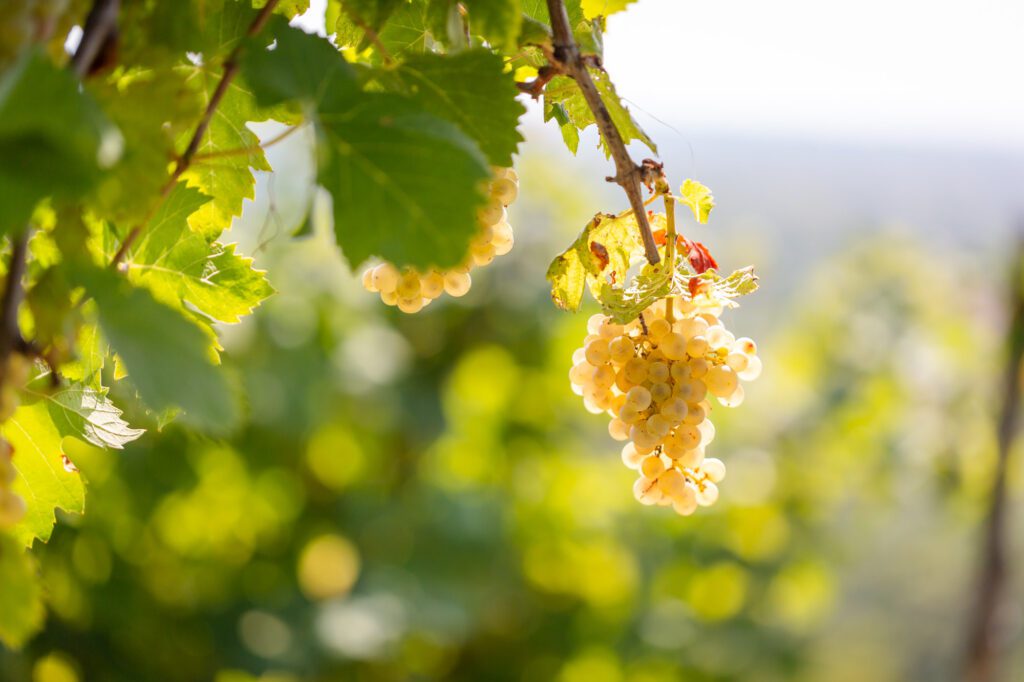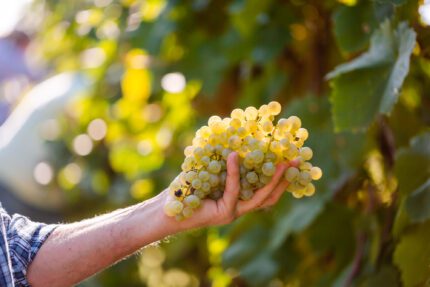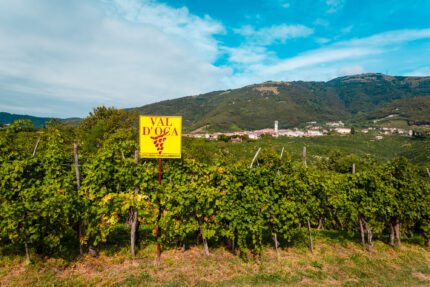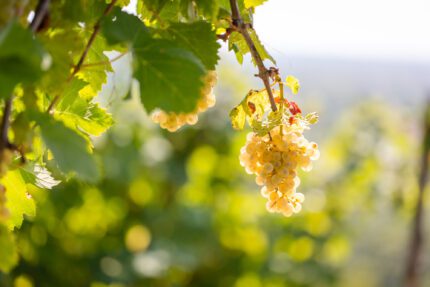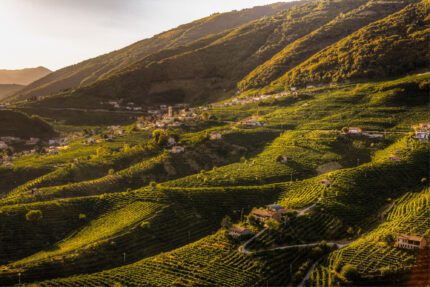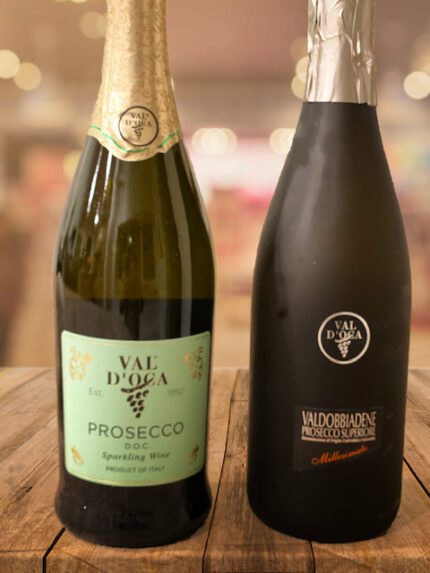Photo Credit: Mattia Mionetto
Prosecco. It’s often known as key ingredient for mimosas, bellini’s, spritzes or fizzes. But if you really look at authentic Prosecco — beyond what lines grocery store shelves in America — you’ll discover that it can be delicious, well-priced and will make you want to hold the mixer.
I had the chance to dive in during a recent Wine Studio educational program with Susannah Gold, DWS, FWS from Vigneto Communications as we explored Val d’ Oca.
Photo Credit: Mattia Mionetto
Val d’Oca
Val d’Oca, one of Italy’s oldest and largest producers of Prosecco under the Cantina Produttori di Valdobbiadene, was established in 1953 in an effort to revive the economy devasted by World War II. It is comprised of 576 growers and over 1,000 hectares of vineyards. Widely regarded as one of Northern Italy’s largest wine makers as well as scenic locales, Val D’Oca is an agricultural company known for high quality Prosecco production.
Photo Credit: Mattia Mionetto
The Vineyards and Terroir
Situated in the countryside north of Venice, the Val D’Oca vineyard is located between Asolo and Conegliano. It is known for a mild climate with south facing slopes that are 15 to 170 meters in steepness and sun exposure year-round. Sixty percent of vineyards are DOCG quality and are located in the hills.
Photo Credit: Mattia Mionetto
Val D’Oca received UNESCO recognition in July 2019 for its efforts to work in collaboration with nature to preserve and protect for future generations. Glera makes up 90 percent and Pinot Noir is 10 percent of the production. The six denominations are Conegliano Valdobbiadene Prosecco Superiore DOCG, Rive DOCG, Cartizze DOCG, Asolo Prosecco DOCG, Prosecco DOC Treviso and Pinot Grigio delle Venezie DOC.
The cooperative has received V.I.V.A Certification for sustainable viticulture and S.Q.N.P.I. (Sitema di Qualità Nazionale di Produzione Integrata) for sustainability efforts.
The Rive
The “Rive” is a sub-appellation created by the Tutelary Consortium that identified the single areas in the region between Conegliano and Valdobbiadene to best grow Glera grapes. They are terroir-driven wines that show the character and uniqueness of the land where the grapes are grown. There are 43 Rive microclimates and expressions of individual terroirs, or a microclimate of a smaller parcel of land. Val D’Oca is the only producer to have nine Rive wines.
Sustainability
Val D’Oca is the first co-op to have a sustainability budget and an impact plan with goals until 2030. They control their entire supply chain, are 100 percent energy self-sufficient and bonuses are given to the members for certified organic grapes and DOCG wines.
Technology
Val D’Oca has embraced technology to monitor things like harvest conditions with new systems while staying true to ancient wine making traditions to preserve the quality of the wines. This includes investments in vinification and laboratory controls.
The Wines
• Val D’Oca Valdobbiadene Prosecco Superiore DOCG Extra Dry Millesimato. ($20). This was a vintage prosecco grown during a specific vintage. I tasted tropical fruit, candied lemon peel, apple, Asian pear and nutmeg.
• Val D’Oca Prosecco DOC Extra Dry ($13) – a crisp, dry wine with notes of stone fruit, citrus, apple and jasmine.
• Valdobbiadene Prosecco Superiore “Rive di San Pietro di Barbozza” ($33) – notes of pear, pine nut, apple, brioche with a great minerality, baked bread, Asian pear, pineapple and almond. This was a single vineyard Glera.
• Val D’Oca Rosè ($14.99) – notes of raspberry, spice, strawberry and white pepper. Pinot Noir is the only red grape allowed in Prosecco and is blended with Glera in the Charmat method.
